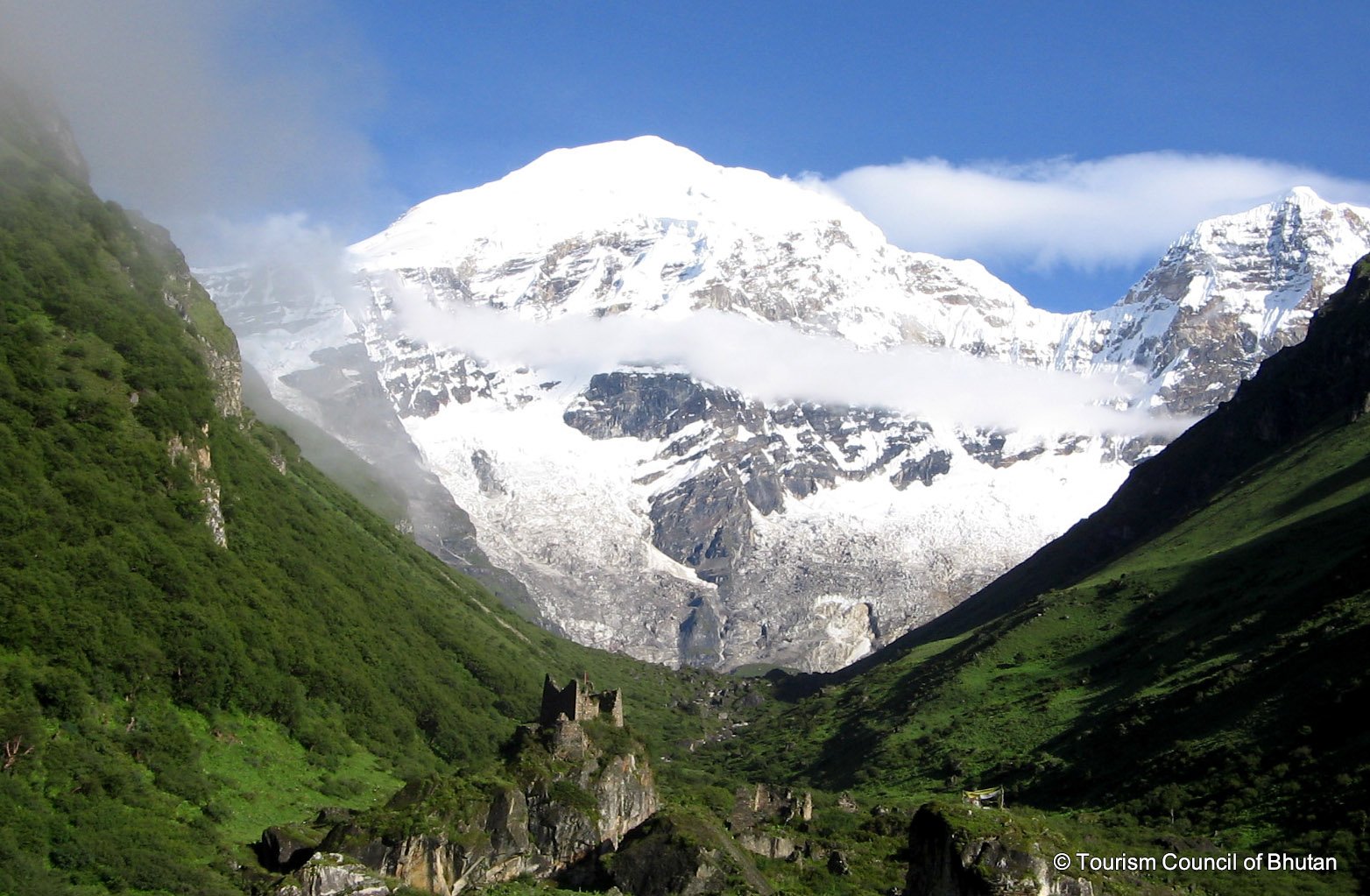October, and even parts of September, have long been considered the ideal time to visit Bhutan. However, this year proved different. In October alone, two incidents of heavy rainfall caused damage and destruction across the country. When the first rainfall hit, it felt like the weather changed from summer to winter in less than 24 hours.
While changing weather patterns are being experienced all over the world, countries like Bhutan, where tourism is largely seasonal, may need to reconsider how their tourism calendar is planned.
Impact on Bhutan’s Tourism Industry
• Increased flight delays
Flight delays are common during the monsoon months, which are usually a low tourist season. However, in recent years, such delays have also been observed during October, a period of formerly clear skies.
• Disruptions to outdoor events and activities
Many festivals take place outdoors, and bad weather could interrupt these events. Outdoor activities such as hikes and camping at high altitudes can also face disruptions from unpredictable rain or snow.
• Roadblocks
Landslides and roadblocks caused by unexpected rain can make it difficult for tourists to stick to their planned itineraries.
• Low tourist satisfaction
When bad weather disrupts or cuts short trips, it affects visitors’ overall experience.
Over time, these challenges could cost Bhutan’s tourism industry not only in terms of money and time but also its reputation.
This all reminds me of when I once asked our manager about the best time to visit Bhutan. He smiled and said, “Every time is the best time.” It’s an interesting thought given that one could experience winter without experiencing fall.


